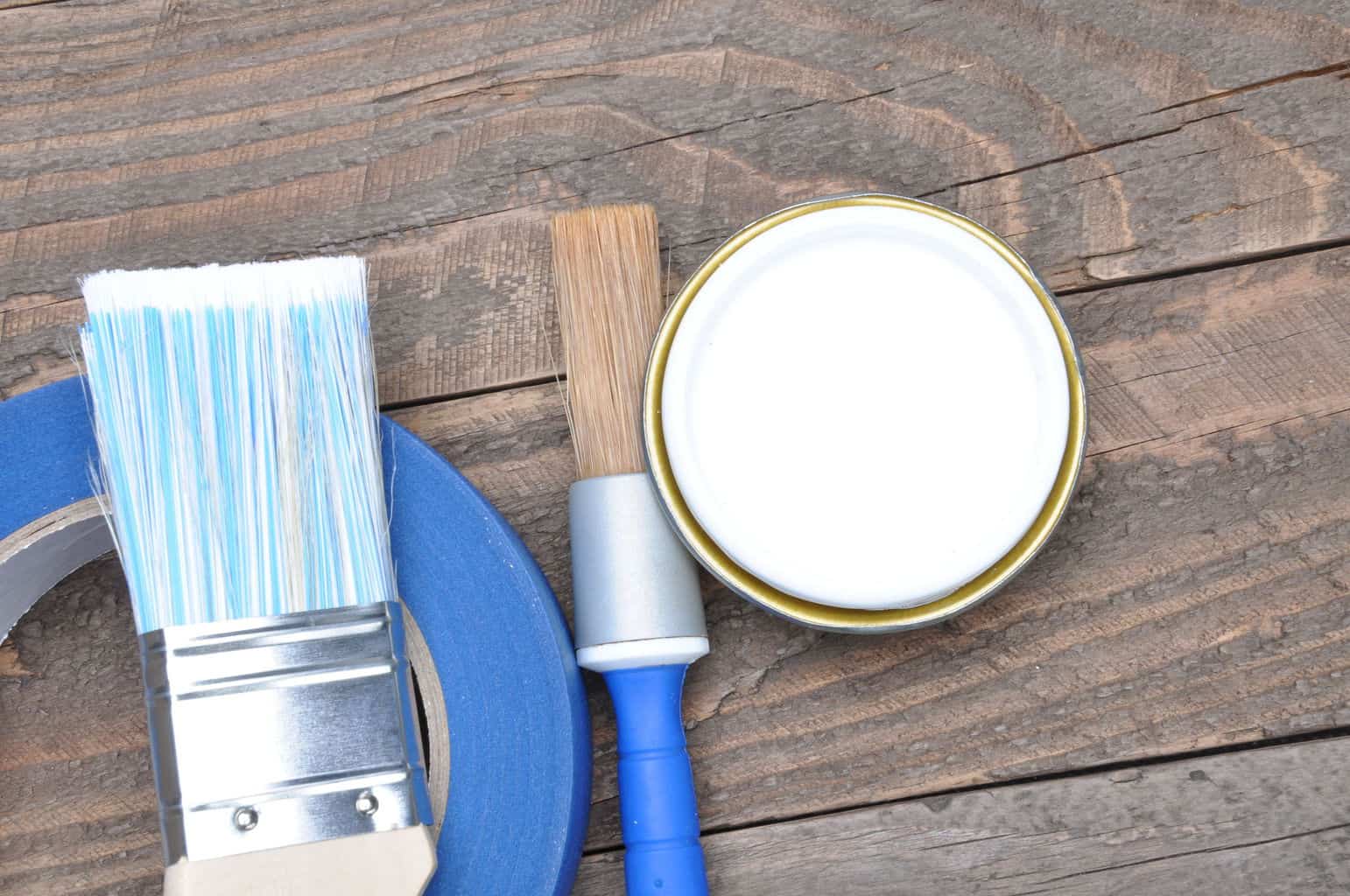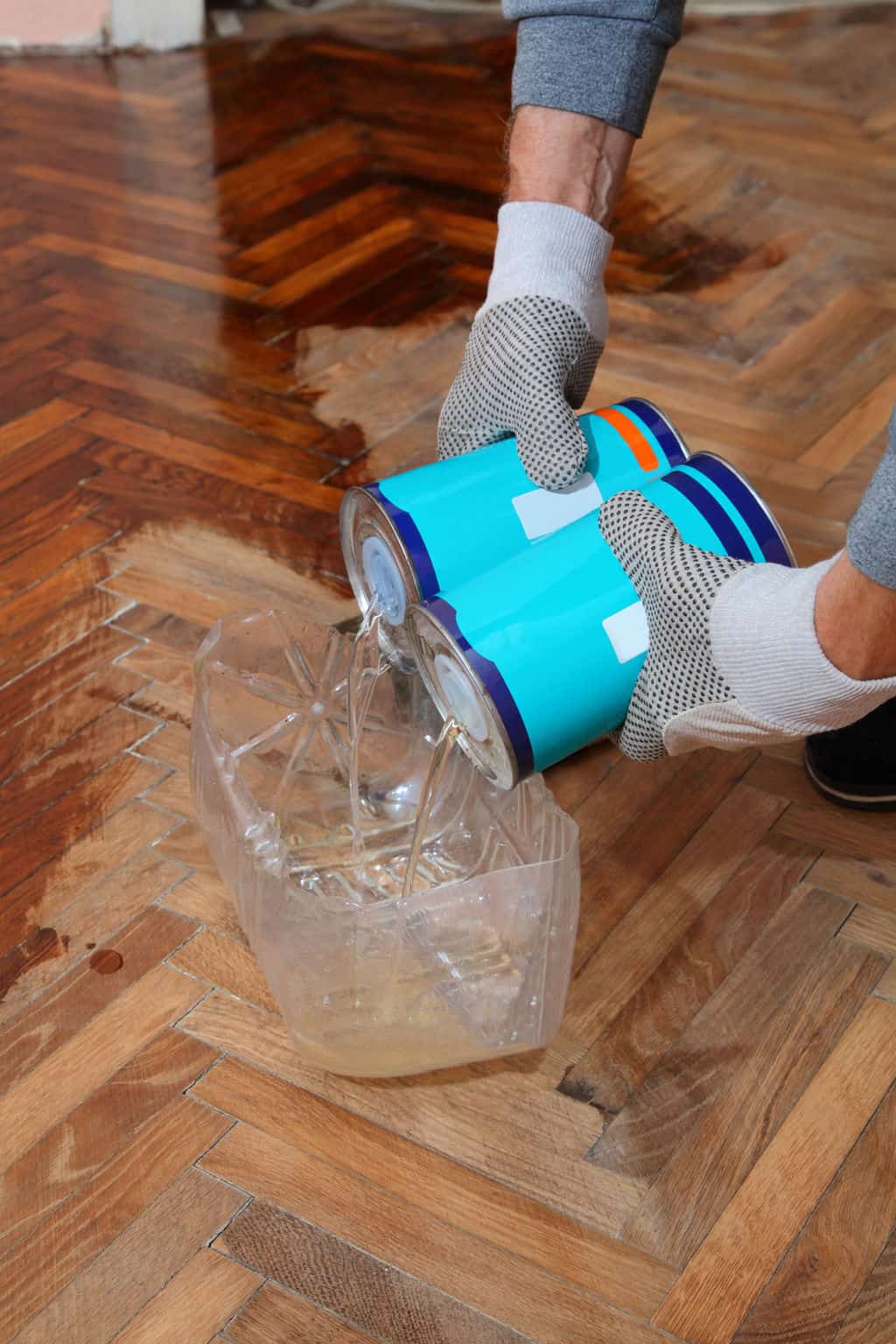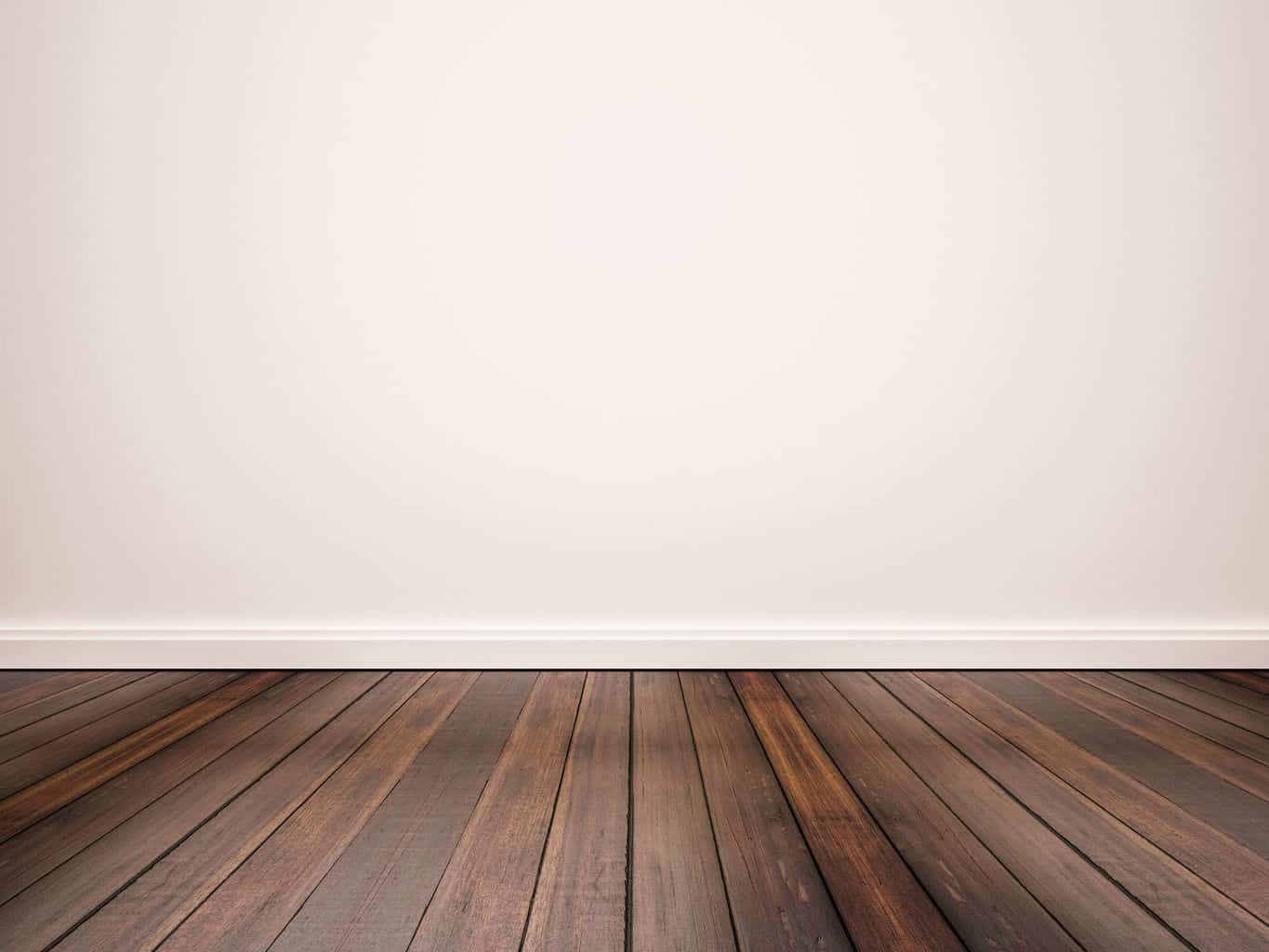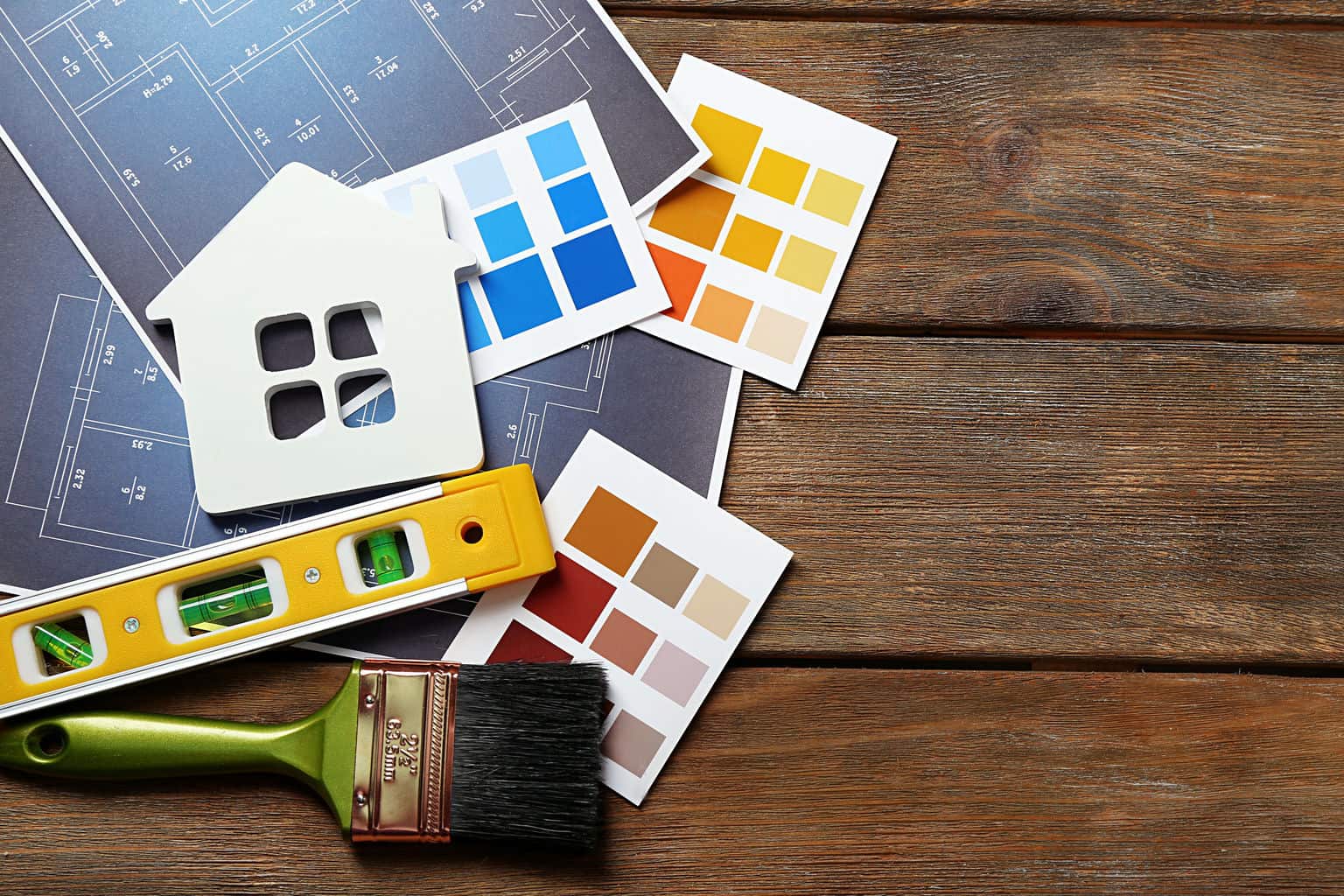Polyurethane is a protective coating that will add longevity to your floors. Polyurethane coating can be used in many different applications, from cabinets to furniture, and a coat of polyurethane will save you money that would otherwise be spent repairing and polishing your current floor. Check out the following article for information you should consider when investigating whether to use polyurethane on your flooring.
What Is Polyurethane?
The chemist Otto Bayer and his co-workers discovered polyurethane in 1937. Since its creation, polyurethane has been improved upon further. It has since been discovered that polyurethane can be used as a protectant for floors, but it can also be used as more than just a floor coating; because it can take many forms, the options for how polyurethane can be used are practically endless.

Polyurethane is created by a very scientific process. It begins by reacting a polyol (an alcohol with more than two reactive hydroxyl groups per molecule) with a di-isocyanate with of course the suitable additives to go along with it. What this means for the resulting product, in practical terms, is that polyurethane is not only a chemical resistant coating but also it can be turned into specialty adhesives, foams of all kinds, and more. Our interest here, obviously, is in polyurethane as used for a protectant and sealant on flooring.
Polyurethane is hands-down the toughest floor coating that you can find for any type of floor. It was created to resist chemicals, which means that it is strong enough to resist most liquids (drink spills, oil splashes, even paint splatters!) that hit your floor. This designed resistance makes cleaning polyurethane a breeze.
Another advantage of polyurethane is the way it strengthens floor surfaces for a longer life. This coating will protect various floor surfaces and keep them looking good longer than any other coating option will. You can comfortably use it on any floors that you think may be treated roughly. The innate resilience of polyurethane can take care of most things; even if it means things are thrown at it regularly. You cannot think of a better floor coating for your kitchen, which witnesses regular oil spills and water spills. A polyurethane floor coating will prevent any of these things harming your floor.

Why Use Polyurethane On Your Wood Floors?
Hardwood floors need some kind of surface protectant, and polyurethane is far and away the most popular choice these days for protecting wood flooring. It is easy to see why polyurethane is the popular choice. It provides a long lasting protective layer of coating to wood flooring, thus making it a universally accepted solution to many problems. Polyurethane is a great coating for any type wood floor in any area of the home, because of the strength and resistance that it provides. If it can resist chemicals and moisture of all kinds, it is a good choice in your laundry room, kitchen or bathroom.
All in all, the biggest selling points of using polyurethane floor coating are:
- Polyurethane protects the floor from all types of damage.
- Polyurethane is comparatively inexpensive, and can save money in floor repairs in the long run.
- A polyurethane coating will increase the lifespan and durability of your flooring significantly.
- A flooring coated in polyurethane is very easy to clean.
- The polyurethane coating is simple to apply and does not need to be re-applied as often as other flooring sealant options.

One of the chief reasons polyurethane is so popular is that it is quite affordable. Since it is produced in bulk by a lot of chemical companies, availability of polyurethane is never going to be a problem. Also, most suppliers keep regular stock of this product and you can easily get it from any reputed one.
Of course, coating your floors in polyurethane will cost a bit of money on the front end. But the peace of mind and lasting protection it promises makes it totally worth the money spent. Lightweight polyurethane flooring can reduce damage from moisture, dirt and grime, and daily wear and tear.
Things To Consider When Choosing A Polyurethane Finish
There are a few things you will need to consider when choosing a polyurethane finish for your floors. You will want to consider the final desired appearance, whether to use an oil or water based polyurethane, and the application method you would prefer to use.
The Look
Do you want your floors to be shiny (high-gloss), or matte (satin)? Or is your preference something in between? With a polyurethane finish, you have the option of choosing the gloss level, similar to when choosing paint for your walls. Something to keep in mind when choosing the finish is that a higher gloss look will show more imperfections in the flooring, while a satin finish hides those marks better.

The Application Process
Your choices when it comes to how you will be applying the polyurethane finish to your floors are spray on, wipe on, or brush on. The best choice for your project depends on more than just your preference here. The application style here depends more on the type of polyurethane you have chosen, the room (and room size) where you are applying the finish, and the humidity level in the area where you will be applying the polyurethane. Choosing the right method of application is extremely important, as a bad application will result in some pretty noticeable problems like bubbles and streaks and will mean the polyurethane will not protect your floors as well. Repairing a bad polyurethane application means stripping and refinishing, which is a very involved process, so it’s important you know what you are doing on the application before starting.
Water vs Oil Based Polyurethane
You have two choices when it comes to the type of polyurethane you will use. There are a number of differences between oil based and water based polyurethane, including:
- Appearance: Oil based polyurethane has an amber appearance, while a water based finish is clear.
- Drying times: An oil based polyurethane takes much longer to dry fully.
- Cost: A water based polyurethane can be as much as twice the cost of oil based.
- VOC (Volatile Organic Compounds): The gases omitted from an oil based polyurethane are significantly higher than from water based.
- Thickness: An oil based polyurethane coating is thicker and will need less coats applied to the flooring.

Water based polyurethane is improving these days, and is becoming more popular, though oil based polyurethane is still the industry standard, I do see that changing with all of the benefits a water based polyurethane can offer.
The Downside To Polyurethane Flooring Coating
As with any major home improvement decision, you should educate yourself about polyurethane before you make your purchase. Primarily, you want to be careful not to purchase the wrong kind of polyurethane because it could ruin your wood flooring.
The main problems associated with polyurethane flooring include:
- Safety: It is a dangerous chemical to use.
- Compatibility: Can be hard to determine the best match for your floor.

Off-gassing from polyurethane can be dangerous. You need to be careful to not inhale too much of it because the toxins can make you ill. It’s also flammable, so be careful when using it near flames. Once it is applied, it’s comparatively safe, though the levels of VOCs are a worry for many. It does off-gas for a while, so chemically sensitive people need to be aware of that as they make decisions about flooring sealants.
As is quite clear from the above, choosing the right polyurethane is crucial to the success and overall happiness of your flooring.
So how do you know which polyurethane to go with? The best way to ensure you are happy with the final product is to buy the polyurethane from reputed agencies. There are quite a lot of suppliers out there who claim to deal with the best quality polyurethane, but obviously they cannot all be the best. Check out customer reviews, get advice from professionals, and don’t let the price be the primary factor in your decision. By purchasing your polyurethane from a well-reputed supplier, you will not have to worry much about the quality of product you are receiving and can rest assured you are making a worthwhile investment in the life of your flooring.

Polyurethane is a great choice to coat your floor with because it protects and strengthens the flooring surface. The added resistance will help your flooring survive almost anything that comes its way!

Hi Paul,
I would recommend wiping these areas with a product that will dissolve the poly. Don’t take it all off, just enough to take care of the peeling. It may look whitish afterwards, but this should clear up. Did you buff the poly? This can make a big difference in the final outcome of your project.
hi so we finally got some body to scrape our floor.
is the dust dangerous? he thinks that the finish on floor is the original one from 65 years ago(however he doesnt know for sure) and that its a wax finish? is this dangerous?
finally how long do you have to wait for the oil polyurethane before bringing my wife and young kids back home?
thanks
Hi Ark,
I would have no way of knowing if the dust is dangerous or not as there’s no way to know what the finish contained. Any time that you’re working on a project that creates dust, you should wear protection to keep it out of your eyes and mouth – just common sense. Be sure to shop vac well. There is no ‘set’ time to wait before taking up residence again after applying oil polyurethane. Many of them now have lower VOCs than they used to. I would suggest that you see what the manufacturer recommends (remember to ventilate well!). It’s a bit of a personal thing too – some people are super-sensitive to VOCs.
Hi: I have just replaced 4 oak treads to a short staircase off my kitchen and in addition, added an oak handrail. This is off an existing floor that was done professionally. I plan on applying the poly myself to the new stairs and rail. What base is best to use for durability – water or oil? Do I need to buff the stairs?
Thanks!
Hi Field,
Water-based poly would be ok and will give you less problems with off-gassing. They are both very good. For your stairs and handrail, it shouldn’t matter much which one you choose. You should buff at least after the first coat or whatever the directions state. It really won’t be necessary for the handrail, not to mention a bit more difficult, but it can be achieved with a buffer wheel attached to an electric drill.
Our floors were sanded and finished a few years ago and still look very good, except for approximately one area where an area rug had been was cleaned with a rug cleaner and this 3×4 part must have gone through. Is there any product to restore the shine or can I rag on some poly urethane that I have in a jar from the original job?
Hi Nancy,
You can try what you have in mind, though I’d use a brush or applicator rather than a rag. Hopefully it’ll look good enough to live with it. You might have to add another coat to the whole floor though, but let’s hope not. ;~)
We just had our hardwood floors refinished. The first coat of polyurethane was put on yesterday and we slept in the house last night. Due to colder temps the windows were not open. I am not sure if the company had the windows open while applying. Is this harmful?
Hi Lori,
It would depend on the product they used. Good news is, most of the polys today have lower VOCs making them much more environmentally friendly. Without knowing what product was used, there’s no way that I can tell you anything definite.
I had my wood floors sanded and polyurethaned last week using an oil based poly. When the first coat dried, the floor looked fine but appeared to need a second coat of poly. The second coat has dried, but now I notice that there are sporadic rough patches throughout the floor with what appears to be tiny little bumps or bubbles. When I walk over the surface with socks, it feels like the fibers on my socks actually get snagged. Is there anything I can do to repair this and leave a smooth finished look?
Hi Beary,
Yes, this can be fixed. The floor needs to be lightly sanded with fine sandpaper and another coat of poly applied. Actually, you’re supposed to sand between coats anyway, especially if you want a nice shine. ;o)
I am thinking of getting a steam vacuum cleaner to clean my polyrethaned wooden floors. Would you recommend this?
Hi Gemini,
Should be ok so long as the poly hasn’t worn away anywhere.
Is there any way to speed up the off gassing from polyurethane?
Anything I can apply over the surface. It has been 6 weeks and the smell is still bothersome. Thank you.
Hi Nancy,
Well, not really. Leaving windows open helps a lot. If it’s that bothersome, you might be better off stripping the poly and looking for one that is low or no VOC. Something like PolySoy would be a good choice.
Thanks for the advice 5/17.
I covered a couple of floor boards with shellac as a test. They don’t smell!!! It is shiny, but that’s ok. The floors are in my bedroom and adjoining computer room, so they won’t get too much wear. What do you think? Is this something you think I could do? Thank you so much.
Hi Nancy,
What kind of shellac is it? Do they have a satin finish available?
Yes, I think you can do this. ;~)
Thank you for getting back to me so soon!
I used Zinsser Bulls Eye Shellac. The polyurethane I used was Zar Ultra Max. I should have used the waterbourn, but used the “Ultra Max Waterborne oil-modified polyurethane”. The smell is is giving off is an oil smell. Today marks the 7th week since it went on. Is there any real disadvantage to putting the shellac over this, such as water marks? Perhaps problems like that can be addressed as they happen? Someone said it might crackle, but the manufacturer says (in it’s written material) that it can go over polyurethane.
I truly appreciate the help/advice.
Hi Nancy,
If the written material from the manufacturer says that it can go over polyurethane, then yes, it should be able to go over the poly. One thing that’s nice is that the Zinsser Bulls Eye Shellac is non-toxic.
As per their literature: If there are water spots or white rings in the finish, the
discoloration can usually be removed by rubbing gently
with an alcohol-dampened rag.
If damage is too severe for correction by this remedy, or
where the spot is the result of a cigarette burn or
other physical damage, remove the old film in the
affected area by sanding. Then apply two or more coats,
using either Bulls Eye Clear Shellac Spray or liquid
shellac thinned to a 2-lb. cut.
THANK YOU.
I’ll let you know how this all works!
Appreciate your help very much……
Nancy